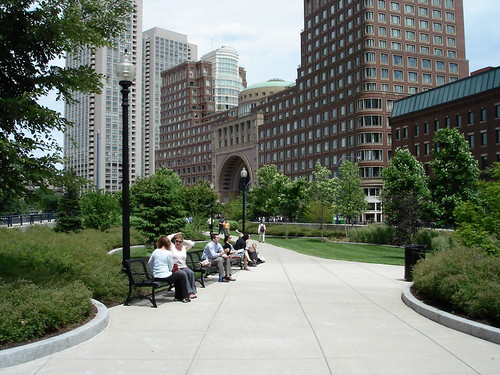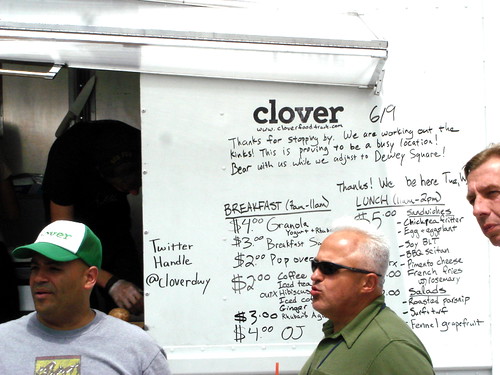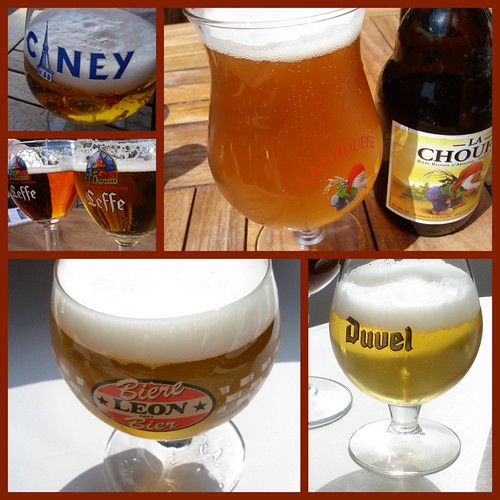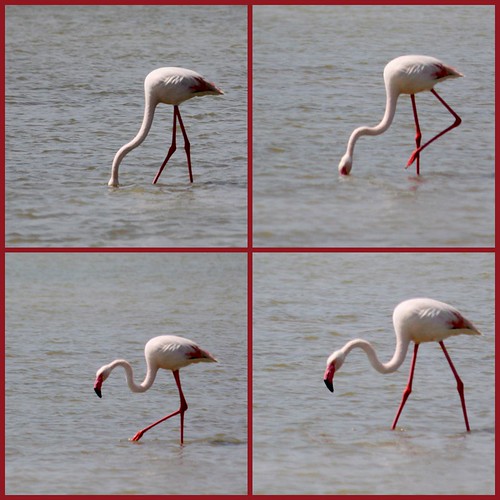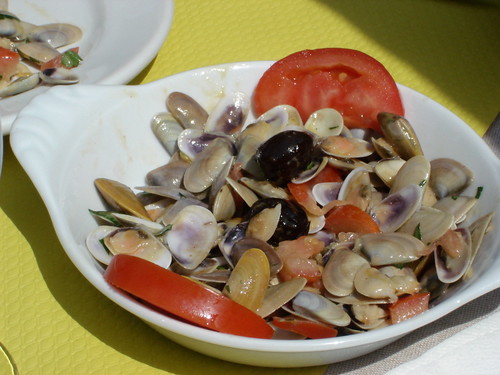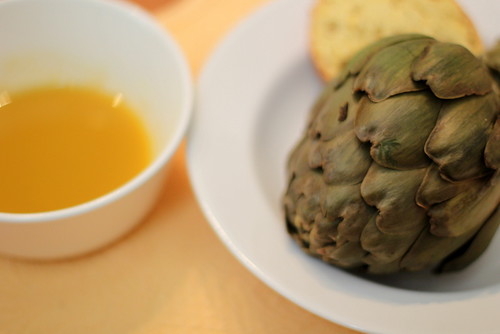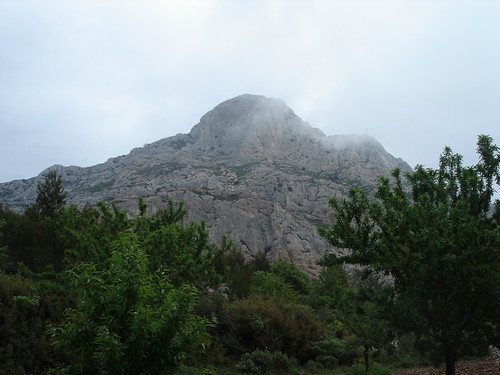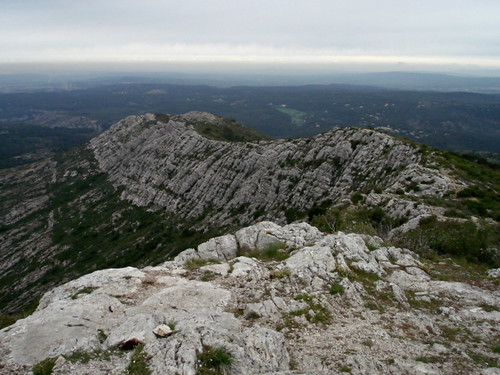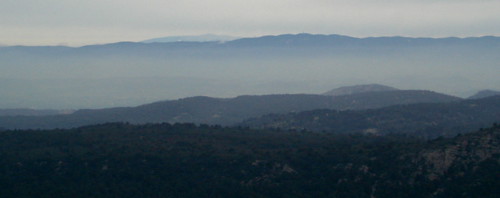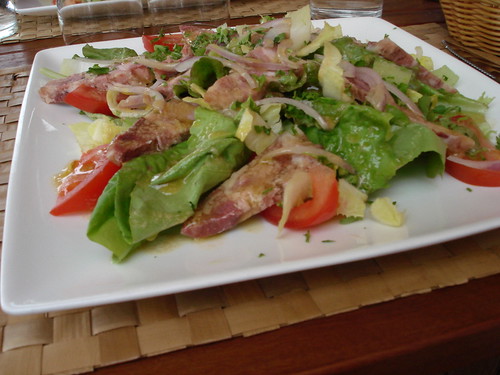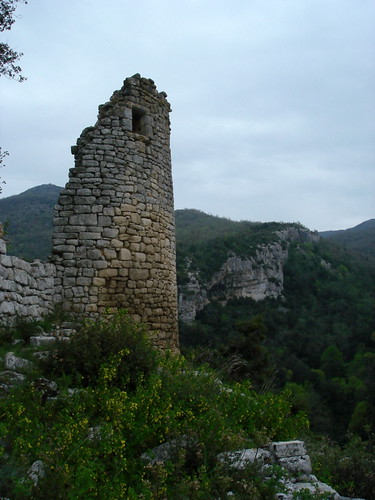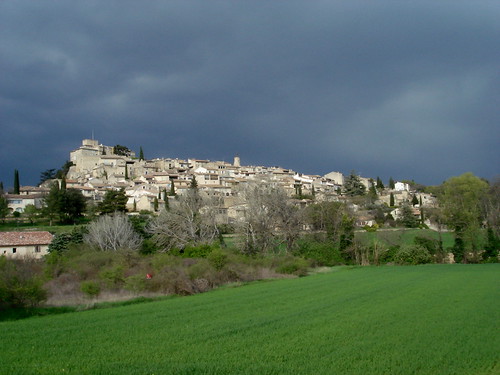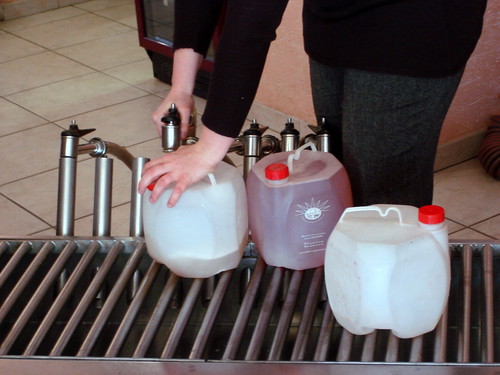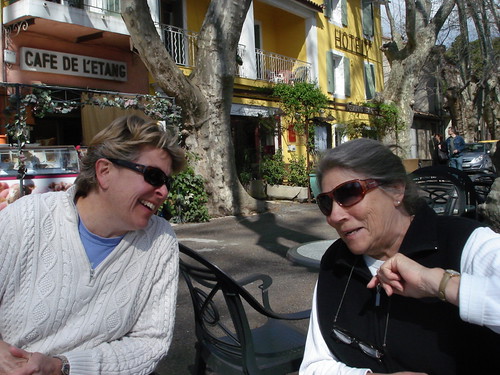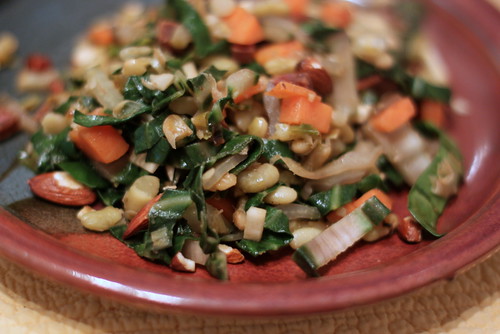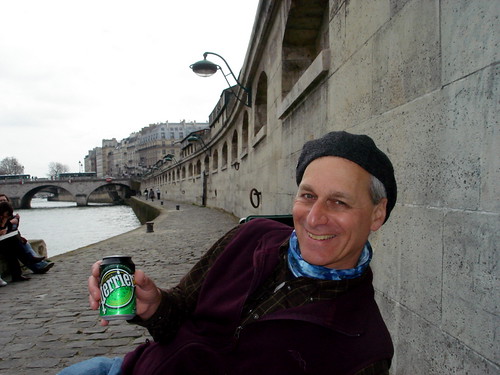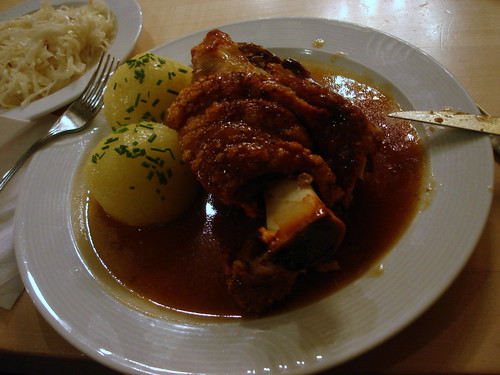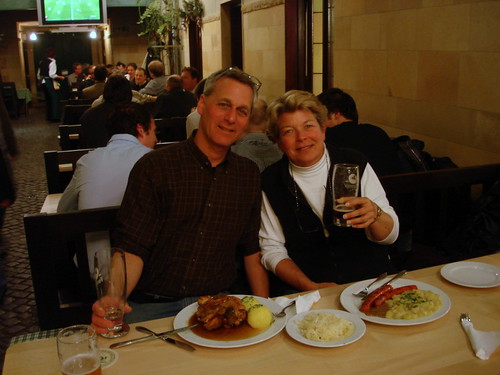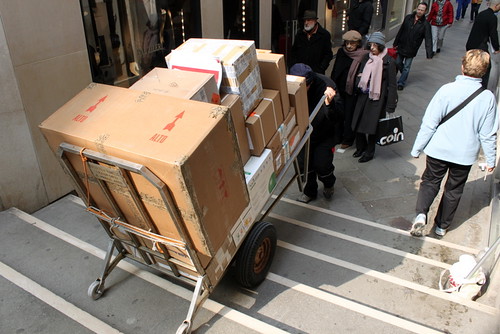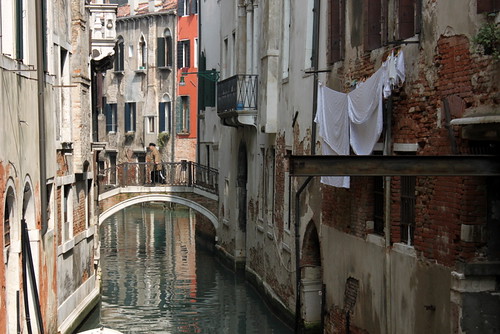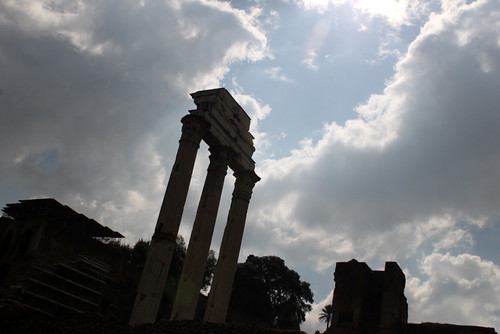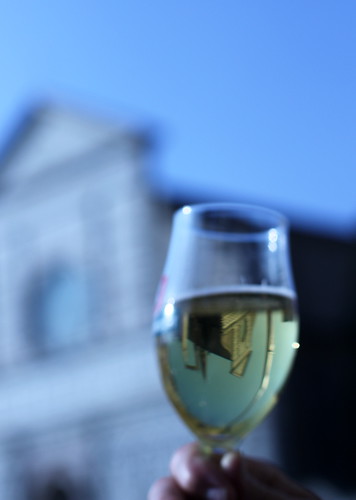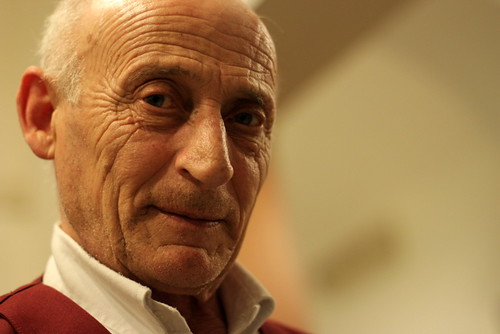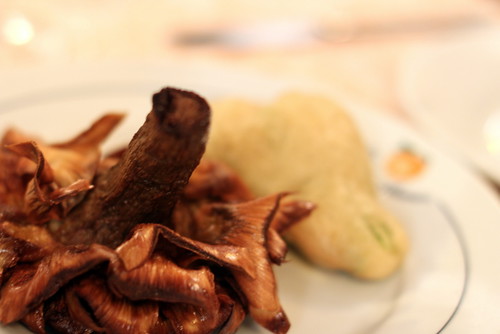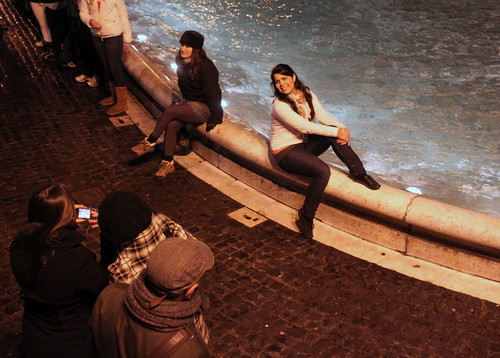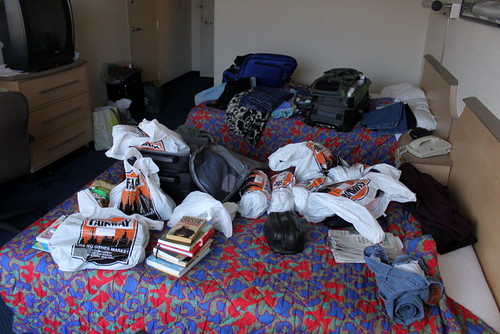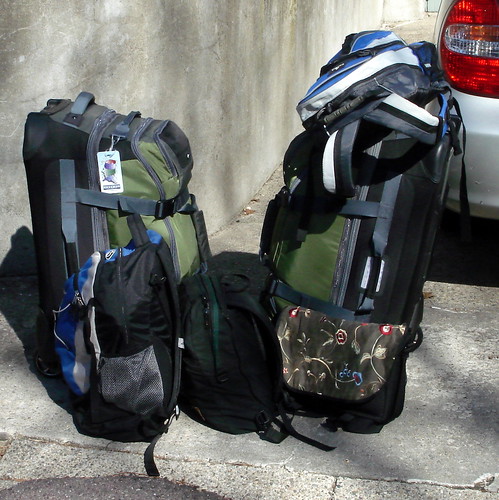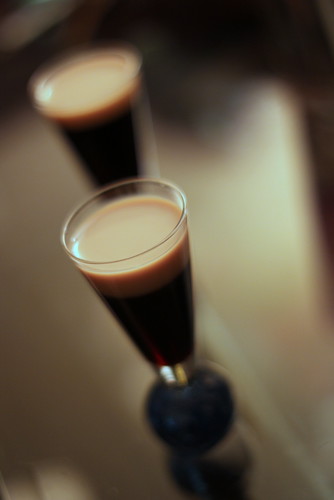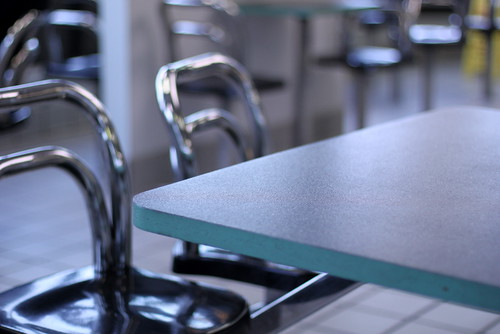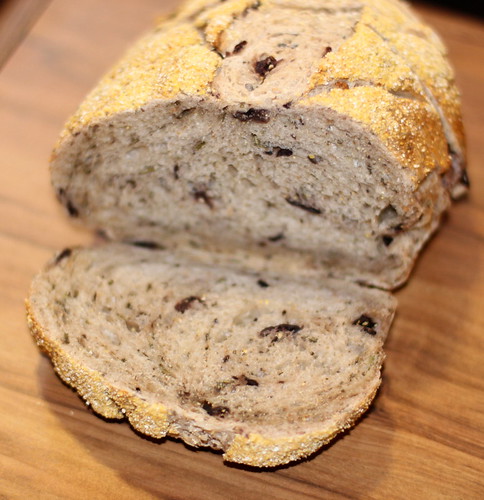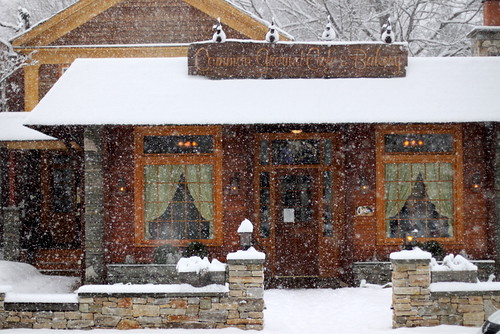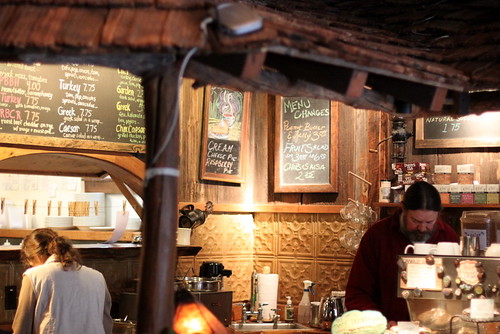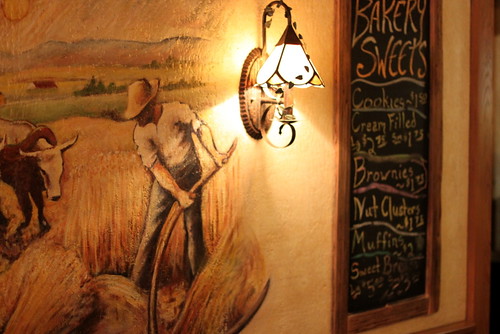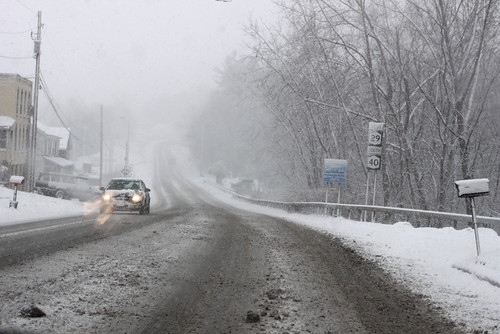And it comes to an end tomorrow. I go back to work.
I'd gotten so used to NOT going to work. When we were traveling, sometimes Susan and I would look at each other and proclaim, "What have we done?", or "Are we really doing this?" We'd meet people and explain what were were doing, and be met with a look of puzzlement. What we were doing was not "normal", but as far as we were concerned, it should be. If you have a chance to take a break somewhere mid career, go for it.
I am ready to go back. Have a mission that is not just about "me". There were times I felt guilty about being so self-absorbed, but then I knew it was only temporary. It was important to spend time on "me".
I take away from the adventure that there's a balance between taking care of my own needs, and contributing to my community. Whether that community is my family, my neighborhood, my profession or my world. Moving forward, I hope to keep the world in balance. Between my workaday life, and other interests.
Just Give Me a Project
I'm 52. "Normal" retirement age is 13 years from now. Or maybe 15, depending on how you calculate it. And it's not abnormal for people to live into their 70s, 80s and beyond. That's a lot of years. If at some point I stop working in the normal sense of the world, what will I do?
What will I do? It's a question that will be faced in droves by my generation. The boomers. And as I've talked to people around my age, I hear the questions being asked.
So, give me a project. Or, more specifically, I'll be finding projects that I want to do. Some will be at work. After all, I'm an urban planning consultant, and I get paid to manage projects. But there are other projects needing doing. Long before I retire. So that when the time comes to retire, I'll still be active, and more importantly, relevant.
I'll be exploring new frontiers in food. New frontiers that are really old, but somehow over the last few generations have been lost. We're in the best of times and the worst of times. The best in that there is so much cheap food available that we no longer have to worry about getting enough calories just to survive. The worst in that there are so many cheap calories around that we've developed diets and lifestyles that make us ill. That's a simplistic summary of a complicated problem, and if you're interested, please check out books by Michael Pollan and Mark Bittman who have written extensively and eloquently on the subject.
Anyway, I'm a pretty practical guy, so I hope to search out new foods, try or invent new recipes, and tell the story through photos, video, and writing on my food blog, Improbable Pantry. I've been writing there (and my previous blog, Chowplay, for a couple of years, but I hope to be a little more focused, and see if I can actually get a few people beyond my friends to read it. Stay tuned!
 So, as I sit here on this warm (finally pleasant) summer evening on the back patio, protected from the mosquitoes by the tiki lamps and mosquito coils that actually seem to be working today, I look forward to the next act. And remember those days when I was THIS laid back...
So, as I sit here on this warm (finally pleasant) summer evening on the back patio, protected from the mosquitoes by the tiki lamps and mosquito coils that actually seem to be working today, I look forward to the next act. And remember those days when I was THIS laid back...

